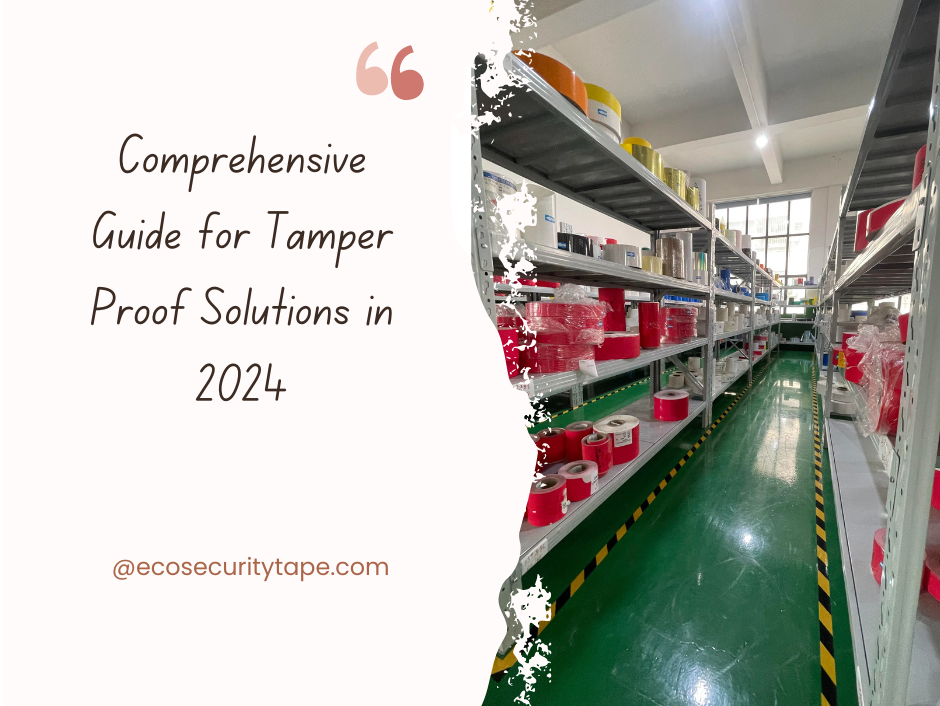Exploring the Function of Gain Access To Control Systems in Enhancing Protection Tools Effectiveness and Efficiency
Gain access to control systems are progressively recognized as important components in the landscape of safety and security monitoring, giving an organized technique to control accessibility to sensitive areas and information. Their capability to incorporate with numerous safety and security modern technologies, such as surveillance cams and alarm system systems, substantially enhances the overall performance and effectiveness of safety and security procedures.
Recognizing Gain Access To Control Systems
Accessibility control systems play a crucial duty in making certain the safety of numerous environments, from business offices to sensitive government centers. These systems manage that can go into or leave a designated location, thereby protecting possessions and sensitive details. The essential components of accessibility control systems include identification, authorization, and verification processes.
Identification includes confirming an individual's identification, usually via credentials such as key cards, biometric data, or passwords. As soon as recognized, verification verifies the individual's right to access, usually via multi-factor authentication approaches to boost security. Last but not least, consent determines the degree of accessibility approved, enabling separated authorizations based upon duties within the organization.
Access control systems can be categorized into two main kinds: physical and logical. Physical accessibility control refer to tangible locations, while rational gain access to control regulates digital info systems. Both kinds work synergistically to supply detailed safety and security solutions.
Combination With Protection Technologies
The integration of access control systems with various other safety modern technologies is vital for developing an alternative safety and security atmosphere. By combining accessibility control with video surveillance, invasion detection, and alarm system systems, companies can enhance their total safety and security stance. This interconnected framework enables for real-time surveillance and rapid response to safety occurrences, enhancing situational recognition and functional efficiency.
As an example, incorporating access control with video clip surveillance makes it possible for safety and security personnel to validate accessibility occasions aesthetically, making certain that only authorized people are granted entry. When accessibility control systems are connected to alarm system systems, any unauthorized accessibility efforts can cause immediate alerts, prompting swift activity.
In addition, the assimilation of gain access to control with cybersecurity steps is significantly important in protecting physical assets and sensitive information. By aligning physical security protocols with IT safety systems, companies can make sure that both physical and digital accessibility points are monitored and regulated efficiently.
Advantages of Enhanced Safety Workflow

Additionally, enhanced safety procedures facilitate real-time surveillance and occurrence response. With integrated systems that include monitoring cameras, alarms, and gain access to controls, security groups can quickly identify and resolve potential dangers. This proactive approach enables timely treatments, lowering the chance of safety and security violations and potential losses.
In addition, efficient protection procedures add to a culture of security within the company. Workers are likely to feel even more secure when they know that durable actions remain in place, resulting in boosted spirits and performance. The usage of information analytics from access control systems enables organizations to evaluate security trends, boost plans, and allocate resources properly.
Difficulties and Considerations

Furthermore, companies have to deal with the capacity for information breaches. Gain access to control systems often manage sensitive info, and any vulnerabilities might expose this data to unapproved access. access control manufacturers. Making sure durable cybersecurity procedures is necessary to shield versus such dangers
Customer training is one more essential factor to consider. Employees must recognize how to make use of click reference accessibility control systems effectively, as improper use can cause protection gaps. Organizations need to balance safety and security with customer benefit; overly limiting continue reading this gain access to can impede performance and lead to workarounds that endanger safety and security procedures.
Compliance with lawful and regulative needs is also extremely important. Organizations has to ensure that their access control systems meet market criteria and regional legislations, which can differ substantially. The ongoing upkeep and monitoring of these systems need committed resources, making it important for organizations to assign appropriate budgets and employees to make certain long-term efficiency and efficiency.

Future Fads in Accessibility Control
Anticipating the future of access control exposes a landscape increasingly shaped by technological advancements and evolving protection requirements. One significant fad is the integration of expert system (AI) and artificial intelligence, which enhance decision-making abilities and automate hazard discovery. These technologies enable real-time evaluation of access patterns, allowing even more adaptive and receptive security procedures.
Biometric verification is additionally getting traction, with developments in finger print, face recognition, and iris scanning technologies supplying boosted protection and individual ease. As these systems end up being a lot more budget friendly and advanced, their fostering throughout various markets is anticipated to climb.
Another emerging fad is the change in the direction of cloud-based accessibility control systems. These services offer scalability, remote monitoring, and centralized information storage space, allowing organizations to simplify operations and boost performance.
Additionally, the Internet of Points (IoT) is established to reinvent access control by allowing interconnected gadgets to interact and share information, therefore boosting situational awareness and safety and security responsiveness.
Conclusion
In final thought, gain access to control systems dramatically improve the efficiency and performance of protection devices by helping with exact identification, verification, and permission processes (access control systems manufacturers). Their combination with security and alarm system systems cultivates a positive safety atmosphere that resolves potential breaches in real-time. While obstacles and considerations exist, the ongoing advancement of accessibility control modern technologies guarantees to additional improve security operations. Ultimately, these systems are important to guarding sensitive areas and details within organizations, making sure a durable protection structure.
Accessibility control systems are progressively identified as vital elements in the landscape of safety administration, giving a structured method to control accessibility to delicate areas and info. Physical gain access to control pertains to tangible areas, while logical access control governs digital information systems.The assimilation of access control systems with various other protection technologies is necessary for creating an alternative safety environment. Access control systems commonly handle delicate info, and any vulnerabilities could expose this information to unapproved gain access to. Companies have to balance safety and security with individual benefit; overly restrictive gain access to can prevent performance and lead to workarounds that endanger protection protocols.